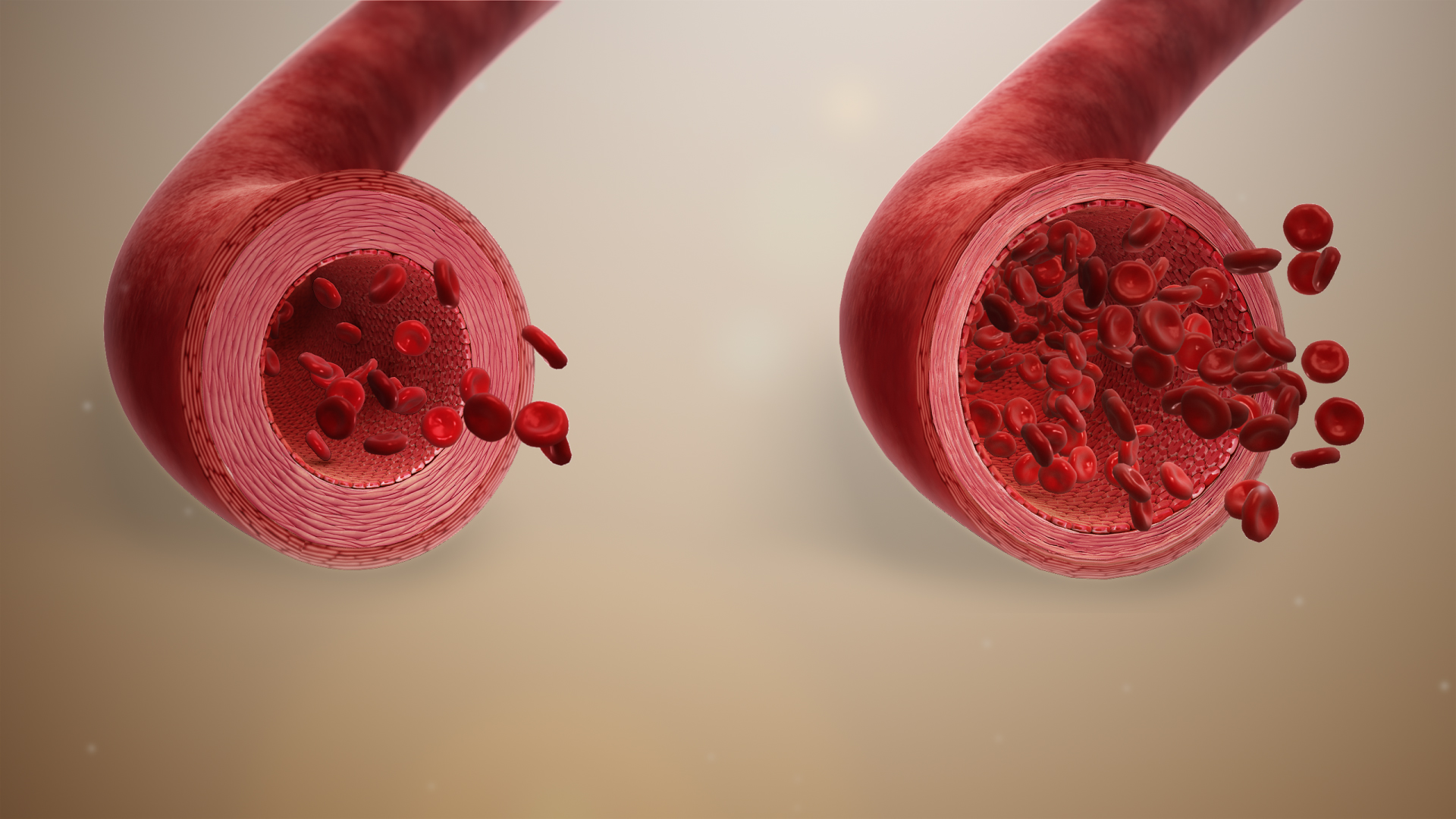A new drug for acute migraine treatment has been shown to ease pain and relieve nausea in clinical trials – and could soon be a more appealing medication, believe analysts.
Data and analytics company GlobalData believes Ubrogepant, developed by Irish pharmaceutical company Allergan, could be an enticing alternative to more established drugs on the market for people experiencing migraines because it doesn’t narrow blood vessels.
While the medicine is currently undergoing further pre-registration trials, it is expected to receive approval from the US Food and Drug Administration (FDA) by the end of 2019.
Potential benefits of ubrogepant in acute migraine treatment
Allergan’s new drug reduces levels of calcitonin gene-related peptide (CGRP) – the protein that causes headaches and other symptoms experienced during a migraine attack – in the brain and nervous system.
Kajal Jaddoo, healthcare analyst at GlobalData, said: “Ubrogepant has the potential to be a more appealing option than established drugs like triptans, which people often do not respond to, or experience blood vessel constriction.
“Unlike the triptans, ubrogepant does not constrict blood vessels, which means people at risk of heart attacks or stroke can use it.
“Allergan is looking to target other patient groups; its pipeline drug atogepant, which is also an oral CGRP antagonist, is in development for the prevention of an episodic [acute] and chronic migraine.”
In large-scale clinical studies involving 1,700 patients, 39% of ubrogepant users said they felt an improvement in their symptoms within two hours.
As well as the pain reduction benefits, it has also proven effective in reducing sensitivity to light and sound in patients.
GlobalData forecasts that ubrogepant will generate global sales of $486m by 2025.
But Jaddoo warned that if approved, the drug will face market competition from American pharma company Eli Lilly’s lasmiditan – sold under the trade name Reyvow – as both drugs offer a new mechanism for treating acute migraines.
What is an acute migraine?
A migraine is a neurological condition often characterised by severe, debilitating headaches.
It can also lead to a range of other symptoms including nausea or vomiting, difficulty speaking, numbness or tingling, and sensitivity to light and sound.
Migraines can be “with aura”, meaning there are warning signs before the migraine actually begins – such as flashing lights or dizziness – or “without aura”, which is more common and occurs without any of these warning signs.
People who experience intense headaches for 14 days or less in a month are said to have acute migraines – also known as episodic migraines.
Those living with chronic migraines experience 15 or more “headache days” per month for longer than three months, and are more likely to be diagnosed with depression, high blood pressure and other types of chronic pain such as arthritis.
Acute migraines can also progress and become chronic over time – and do so at a rate of 2.5% each year according to a study published online in the US National Library of Medicine.
How does ubrogepant differ from established acute migraine treatment methods?
Calcitonin gene-related peptide (CGRP) is a protein in the brain and nervous system involved in the transmission of pain and the resultant reaction of tissues and blood vessels.
An increase in CGRP levels is what causes the headaches experienced during a migraine attack.
Ubrogepant is a CGRP antagonist, meaning it acts as an antibody against the protein by either blocking blood vessel receptor sites, or attaching to the CGRP itself, and preventing it from fitting into these sites.
CGRP antagonists like ubrogepant are therefore able to interfere with the series of events that lead to a migraine.
Triptans – one of the more established types of drug for dealing with migraine symptoms – work by stimulating the production of the neurotransmitter serotonin, which reduces inflammation and constricts the blood vessels.

Despite functioning differently, triptans have also proven successful in reducing the symptoms of a migraine.
However, by constricting blood vessels, they increase blood pressure – meaning it is too risky for patients with existing cardiovascular issues to use them.
The important difference between triptans and CGRP antagonists is that the latter works by stimulating vasodilation – a process in which the blood vessels dilate and blood pressure decreases.
This makes CGRP antagonists like ubrogepant safer for people experiencing migraines who are also more likely to have a heart attack or stroke.






